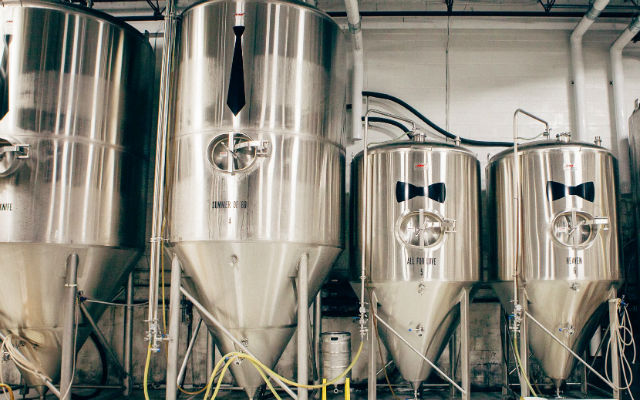
There are numerous ways cideries have worked toward not having cross contamination of yeast, or even contaminating just the one yeast strain that they use in production.
Since Dressler Estate takes a winemaker’s approach to cider making, Olga Dressler said they never reuse yeast.
“That’s generally an uncommon practice in winemaking,” she said. “We currently use two different strains for our production and always pitch fresh yeast at the beginning of each fermentation.”
Additionally, she noted that they are extremely careful with their cleaning and sanitation process. The cidery does not have a CIP system since they use a variety of different capacity fermenters.
“We also ensure that all yeast is properly labeled and refrigerated,” added Brian Dressler. “All hoses, tools — anything that comes into contact with the yeast or the product — is cleaned and sanitized prior to and after use to ensure there is no cross contamination.”
Chris Denkers of Coyote Hole stressed sanitation as well, especially when the Mineral, Virginia-based cidery is using different types of yeast for smaller batches.They use a variety of yeast but mainly one type —a white wine variety — for most of their ciders.
“We do a lot of specialty ciders that we experiment with different types of yeast, mostly experimenting with brewers yeast, [and] different types of ale strains,” Denkers said. “With the majority of our ciders using one type of yeast, we are not worried too much about cross contamination.”
But making sure the fermentation tanks, lines, pumps and everything in-between is sanitized better than normal helps ensure proper yeast growth and no cross contamination, he added.
Leo Orpin of Black Apple Crossing said that labeling is also key if using more than one yeast strain.
“We get bulk yeast and only the outer box is labeled,” he explained. They mainly use one Champagne yeast strain. However, they have a section in their cellar for special small batches that they use varying strains in.
“Once we had received an experimental yeast and the bag was placed next to our standard strain. We had to discard both because there were not differentiable,” he said. “We now have a labeling and storing protocol for all yeast and ingredients.”
Black Apple Cider also have protocols — such as bench trials, microscopy, aseptic technique, and ‘we go thru a ton of gloves’ — to check on strains and ensure proper yeast growth and health.






Be the first to comment